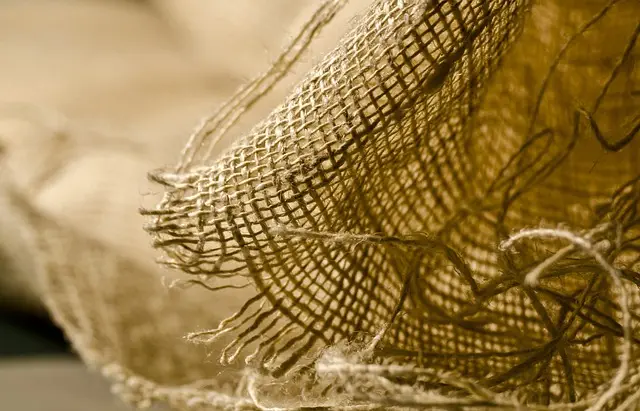Kratom, derived from Southeast Asian trees, is recognized for its analgesic properties, particularly in managing muscle soreness from exercise or injury. Its active alkaloids, mitragynine and 7-hydroxymitragynine, interact with opioid receptors to provide pain relief. However, studies have linked kratom use to hair thinning, suggesting a potential impact on hormonal balance and metabolism that could affect hair health. This highlights the importance of approaching kratom use with caution and the necessity for professional medical guidance. While some research indicates that kratom might also promote hair growth and improve hair quality due to its anti-inflammatory effects, more comprehensive studies are needed to fully understand its effects on human health. Users considering kratom for pain management or hair thinning concerns should be aware of these complexities and consult with healthcare professionals to make informed decisions about its use.
Exploring the multifaceted effects of kratom, this article delves into its potential for alleviating muscle soreness post-exercise. We will examine how kratom intersects with hair health, addressing concerns related to kratom hair thinning. By investigating kratom’s therapeutic properties and its impact on muscle recovery, readers will gain insights into safe practices for balancing muscle care with maintaining healthy hair. Join us as we navigate the science behind kratom and its effects on the body, offering a comprehensive look at its roles and considerations for users.
- Understanding Kratom's Role in Muscle Soreness Relief and its Connection to Hair Thinning
- Exploring the Therapeutic Properties of Kratom for Alleviating Post-Exercise Aches
- Balancing Muscle Care with Hair Health: Safe Practices and Kratom Considerations
Understanding Kratom's Role in Muscle Soreness Relief and its Connection to Hair Thinning

Kratom, a tropical evergreen tree native to Southeast Asia, has garnered attention for its diverse pharmacological properties. Among its myriad effects, kratom is recognized for its potential role in alleviating muscle soreness. The active compounds found within kratom leaves, specifically mitragynine and 7-hydroxymitragynine, interact with the body’s opioid receptors, which can lead to analgesic effects. These interactions may help reduce pain signals emanating from overworked or injured muscles. Users often report that kratom aids in managing acute muscle soreness, particularly after intense physical activity or during recovery from musculoskeletal injuries. This analgesic property is not without its connections to other physiological functions, as some research suggests a potential link between kratom use and hair thinning. The mechanisms underlying this association are complex and multifactorial, involving the influence of kratom on hormonal balance and metabolic processes. It is important for individuals considering kratom for muscle soreness relief to be aware of these potential side effects and to consult healthcare professionals before integrating it into their wellness regimen. The relationship between kratom’s analgesic benefits and its impact on hair health is an area that warrants further scientific investigation to elucidate the full scope of its effects on human health.
Exploring the Therapeutic Properties of Kratom for Alleviating Post-Exercise Aches

Kratom, a tropical evergreen tree native to Southeast Asia, has garnered attention for its potential therapeutic properties, particularly in managing post-exercise soreness. The alkaloids present in kratom leaves, notably mitragynine and 7-hydroxymitragynine, are believed to interact with opioid receptors in the brain, which may help in modulating pain signals and reducing discomfort associated with muscle exertion. Athletes and individuals engaging in regular physical activity often experience muscle soreness as a result of strenuous exercise or injury. Kratom’s analgesic effects can provide relief, allowing for more efficient recovery and resumption of training or daily activities. While the scientific community continues to research the efficacy and mechanisms of kratom, anecdotal evidence and traditional use suggest its role as a natural remedy for pain management.
Furthermore, the discussion around kratom extends beyond muscle soreness relief; it also touches upon its implications for hair health. Some studies have explored the impact of kratom on hair thinning, proposing that certain compounds in kratom may stimulate hair growth and improve overall hair health. The anti-inflammatory properties of kratom are thought to contribute to this effect by reducing scalp inflammation and promoting a healthier environment for hair follicles. However, it is crucial to approach the use of kratom with caution, as it can have side effects and potential interactions with other medications. Users should consult healthcare professionals before incorporating kratom into their wellness regimen, especially when seeking relief from muscle soreness or addressing concerns like hair thinning.
Balancing Muscle Care with Hair Health: Safe Practices and Kratom Considerations

When integrating kratom into a regimen for muscle soreness relief, it’s crucial to maintain a holistic approach to health that includes hair care. Kratom, derived from the leaves of the Mitragyna speciosa tree, is traditionally used for pain management and can offer significant relief for muscle soreness. However, users should be mindful of potential interactions with other medications or supplements and consult with a healthcare provider before use, especially if planning to use kratom long-term.
Balancing muscle care with hair health involves safe practices that ensure the well-being of both aspects. While kratom can alleviate muscle pain effectively, it’s important to be aware that some individuals have reported hair thinning as a side effect. This concern has led to research into the compound’s effects on hair follicles and scalp health. To mitigate this risk, users should consider moderation in kratom dosage and frequency, maintain a balanced diet rich in nutrients that support hair growth, and employ protective hairstyling practices that prevent tension and damage to the hair. Regular monitoring of hair health and consulting with a dermatologist if experiencing unusual hair thinning are prudent steps for those incorporating kratom into their muscle care routine. By taking these considerations into account, individuals can enjoy the benefits of kratom for muscle soreness while also promoting healthy hair growth, thus maintaining overall bodily health.
Kratom’s multifaceted effects on bodily functions, particularly its role in alleviating muscle soreness post-exercise, have been a focal point of discussion. This article has delved into the therapeutic properties of kratom and its potential benefits for those experiencing muscle aches. While exploring kratom’s connection to hair thinning, it is clear that users should approach its use with careful consideration, balancing the desire for muscle care with the need to maintain hair health. As with any supplement, moderation and informed use are key to reaping the intended benefits without adverse effects. Future research may further elucidate kratom’s impact on both muscle health and hair conditions, offering a more nuanced understanding of its implications for overall well-being.






